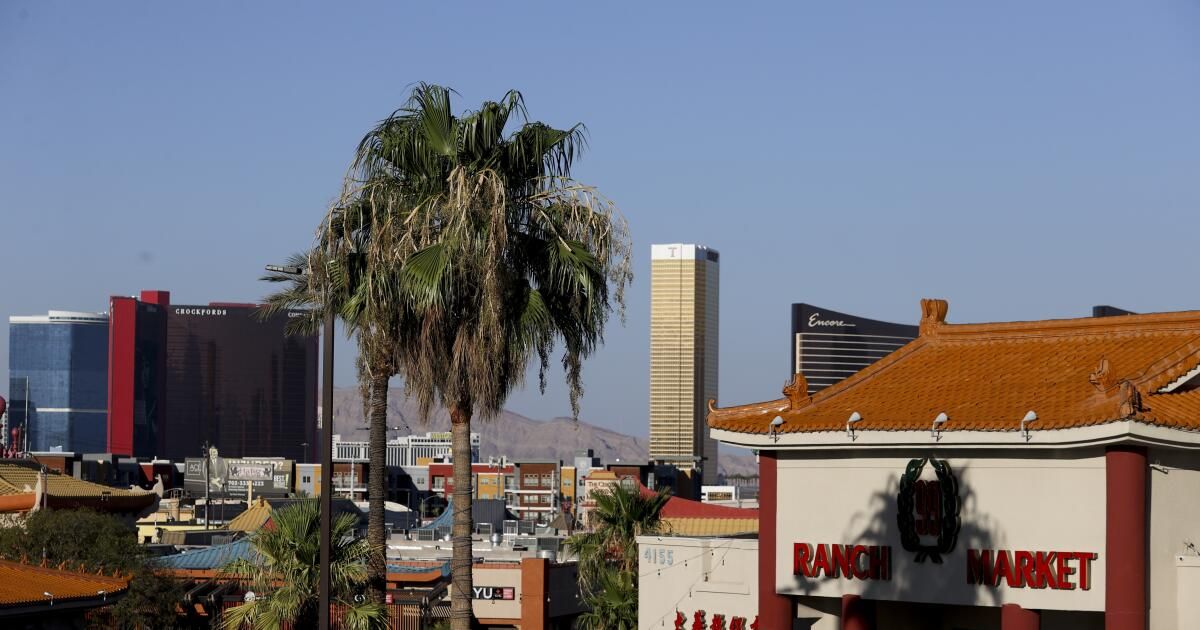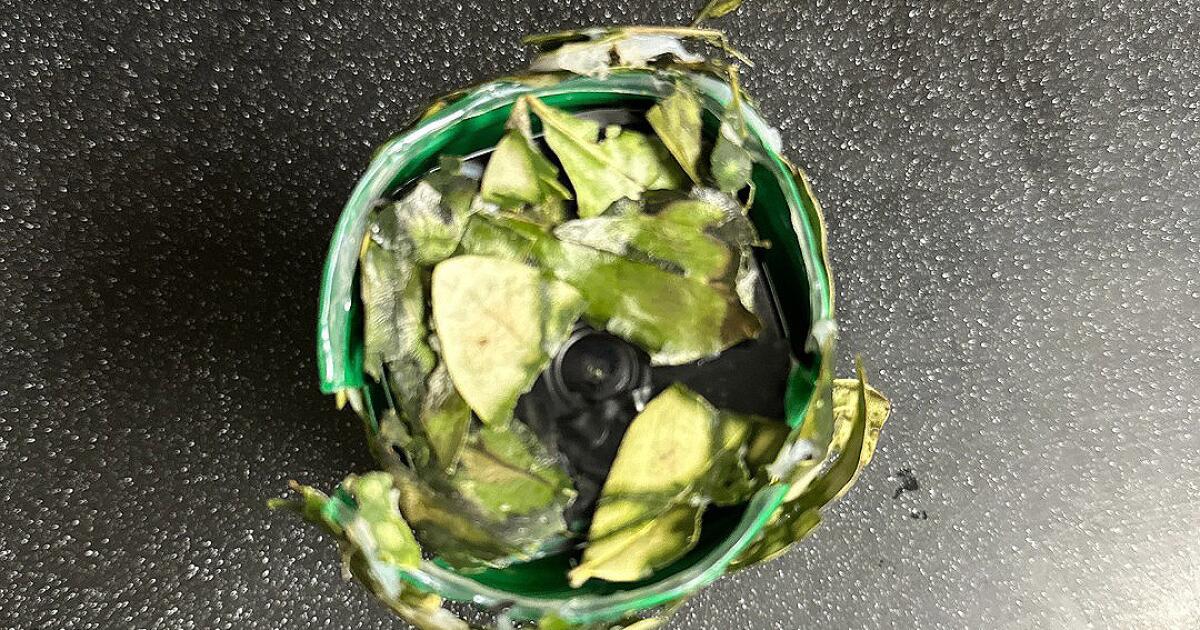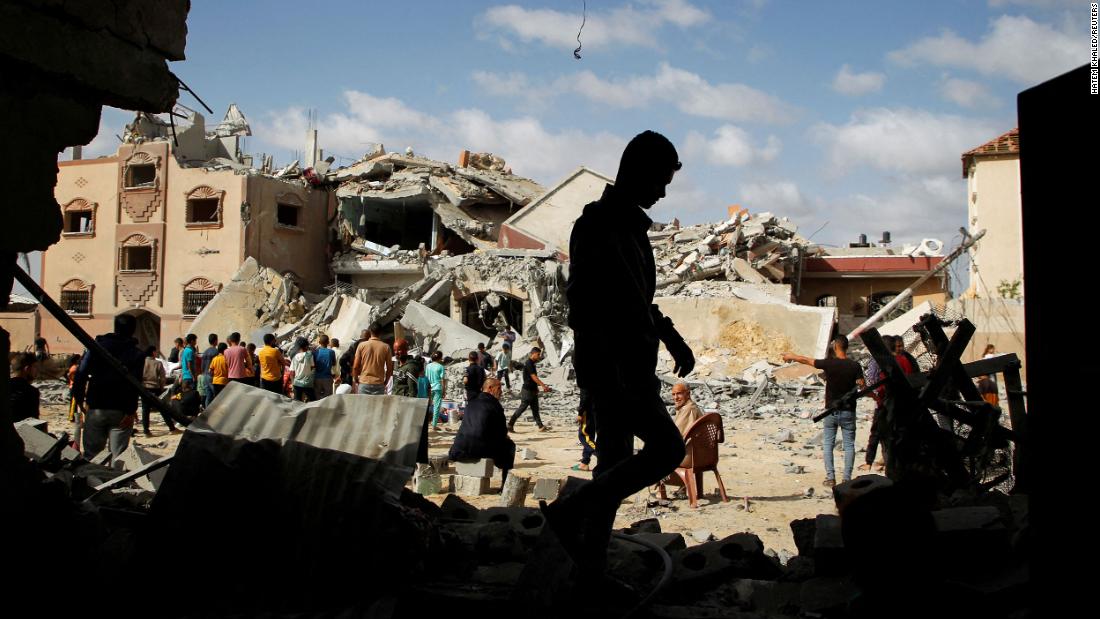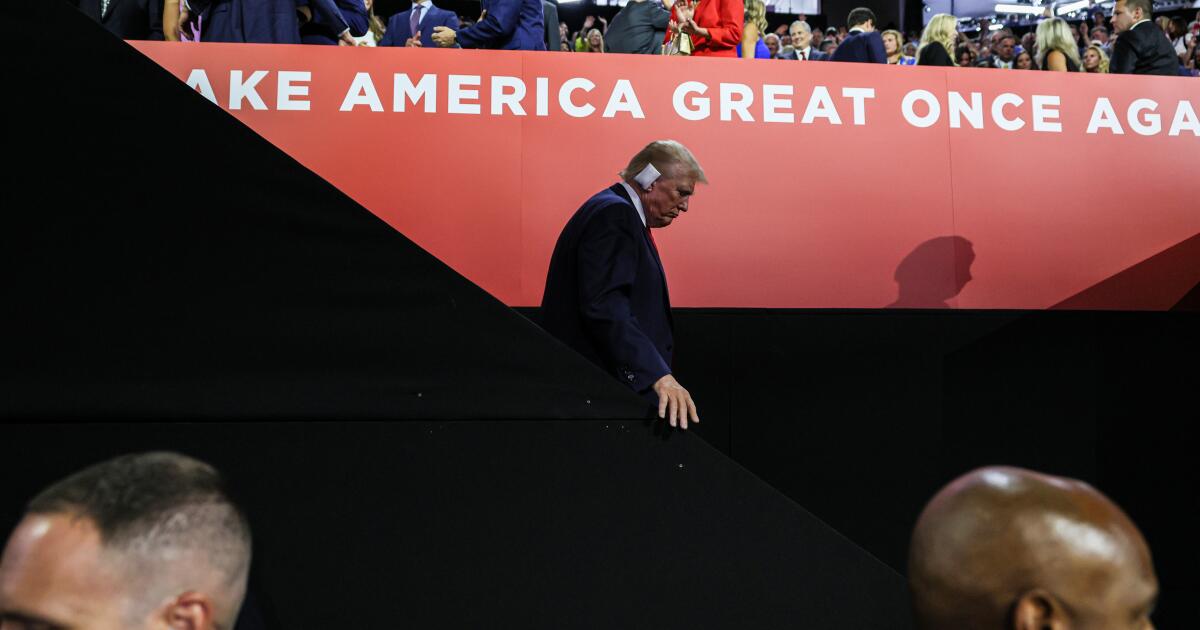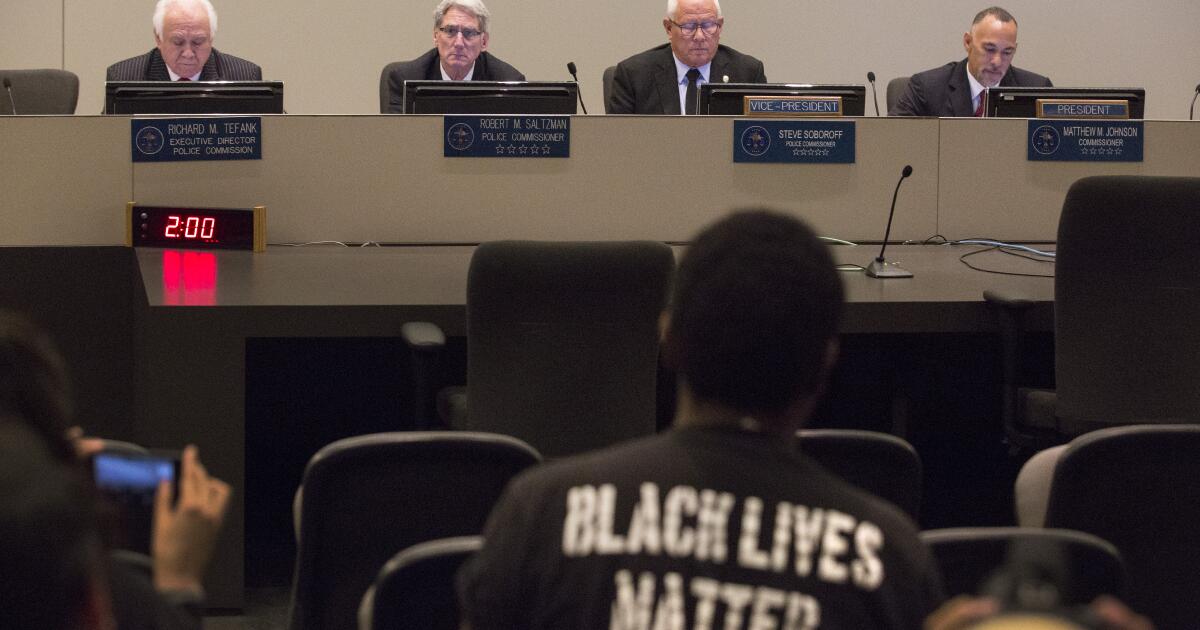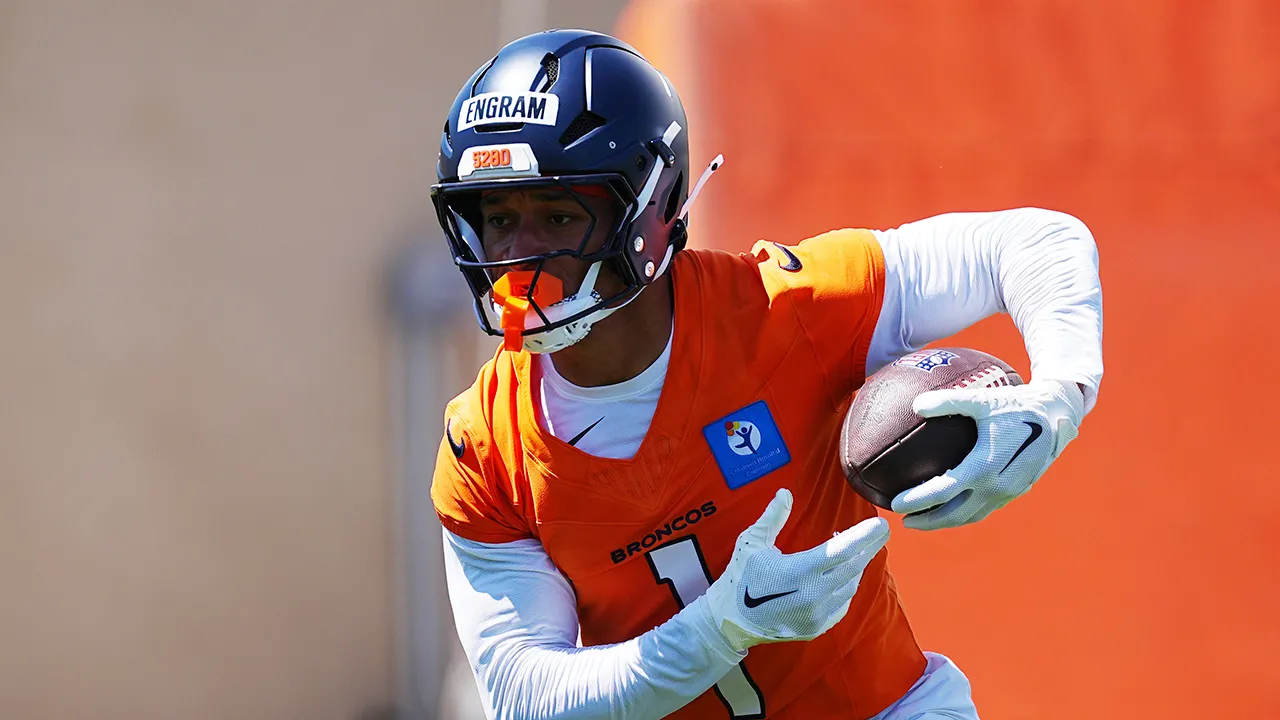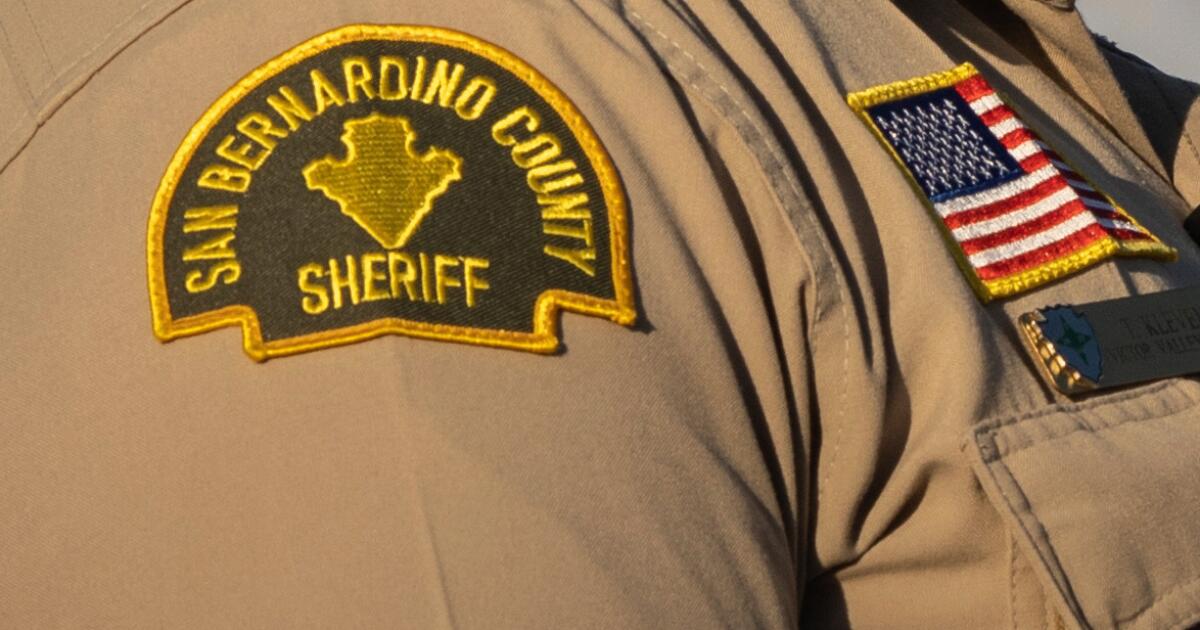It used to be a great tip in Las Vegas: get off the Strip and head to Chinatown for some of the best food in town.
There is now not just one Chinatown in Nevada's largest metropolis, but two. And the prevailing wisdom is to grab a late-night oxtail soup at the California Hotel, an off-the-Strip spot that caters to Hawaiians, who are so numerous in the city they call it the Ninth Island. Or a sushi roll called “Japanese lasagna,” Korean corn sausages and affordable izakayas in the more suburban Chinatown section of Spring Valley.
The culinary renaissance is just the most visible part of a major migration of Asian Americans to Las Vegas that has tripled the community’s population since 2000. Clark County’s pan-Asian and largely foreign-born AAPI population has an unusual demographic profile. Filipinos are the largest group, but there are also significant and growing populations of Koreans, Chinese, Vietnamese, Indians and Hawaiians.
The Palms Casino Resort seen through a decorative window in Chinatown Central Plaza in Las Vegas.
(Ian Maule/For The Times)
Asian Americans are “changing the taste, sights and smells of this city in a way that is a reinvention of Las Vegas, beyond the Strip and the buffets,” said Constancio Arnaldo, a professor of Asian American studies at the University of Las Vegas.
The 2020 census found that Asian Americans make up 13% of Clark County’s population (237,000 people), but even that recent figure is out of date: Catherine Francisco, president of the Nevada AAPI Chamber of Commerce, says the fastest growth has come in the past four years.
“A lot of the traffic coming into Chinatown comes from California,” said Francisco, who is also a former Californian.
Nevada has no state income tax and its property tax is less than half the national average. This attracts wealthy residents who hope to keep more of their wealth, but also those looking for a bigger home, cheaper rents or lower start-up costs for a business.
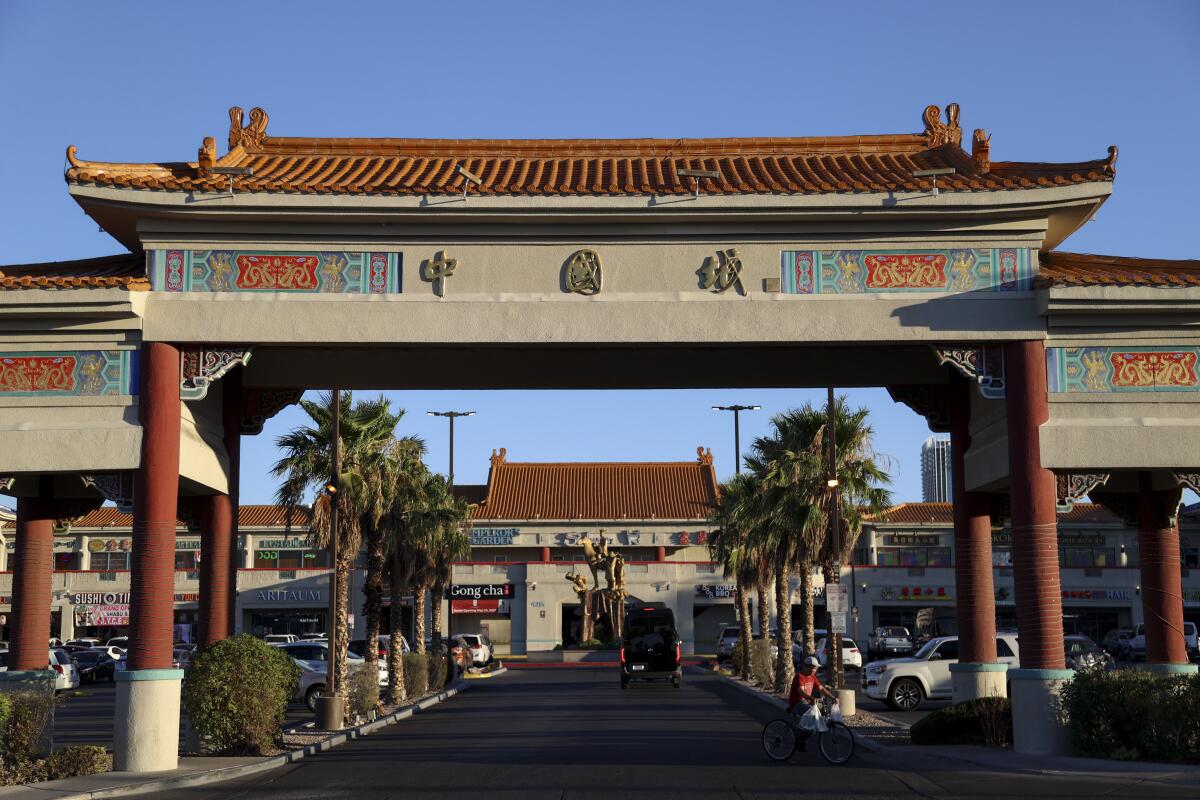
A man rides a bicycle through a pailou at Chinatown Central Plaza in Las Vegas.
(Ian Maule/For The Times)
Las Vegas’ Chinatowns may look familiar to anyone who has spent time in Los Angeles’ Chinatowns. The older Chinatown, west of the Strip, looks more traditional, with neon lights and an ornate gateway arch. The newer Asian community, in the Spring Valley neighborhood, looks more like the San Gabriel Valley: dense developments with large parking lots clustered on a few main boulevards just off the 215 Freeway in the southwest part of the city.
I first noticed it on a trip to Las Vegas in 2014, when I found myself dining at Yunnan Garden, part of a somewhat obscure chain whose only other locations were in the San Gabriel Valley.
Southern California entrepreneur James Chen built Chinatown Plaza, Las Vegas’ first major Asian shopping mall, with two partners in 1995. The shopping complex, which includes a 99 Ranch grocery store, looks like a larger, more elaborate version of San Gabriel’s Focus Plaza. Both were designed by the same San Gabriel architecture firm.
Chen and his partners saw an opportunity in the scores of Asian families and tourists from Southern California who regularly visit Las Vegas, said Vida Lin, president of the Asian Community Development Council. Lin, who came to Las Vegas from San Francisco, said many Chinese investors wanted to test their ideas in a place with lower taxes.
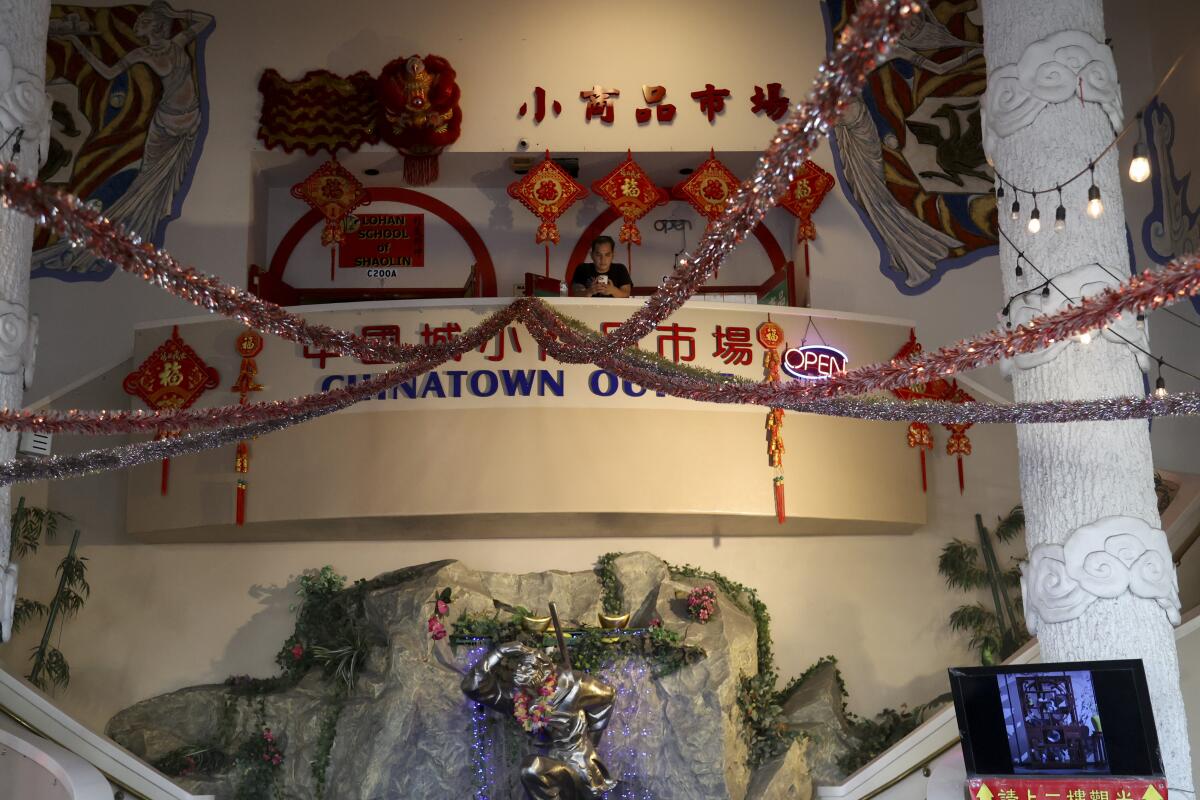
A man checks his phone at the Chinatown Mall in Chinatown Central Plaza in Las Vegas.
(Ian Maule/For The Times)
In Southern California, Chinese families who don’t feel like eating turkey or eggnog have long spent their holidays in Las Vegas. Travel agencies in the San Gabriel Valley send a regular stream of Chinese tourists to Las Vegas, and fleets of budget buses ferry an almost daily migration of elderly Asians between their favorite casinos. It’s not just a stereotype that Chinese people love to gamble: Gambling addiction affects 2.5% to 4% of the Chinese population, compared with just 1% of the American population, according to the journal International Psychiatry.
That flow of people and capital has also fueled development along the route between Los Angeles and Las Vegas. On a recent trip to Las Vegas’ Chinatown Plaza, I saw a sign announcing the grand opening of the Barstow Asian Food Court.
Lin, who arrived in Las Vegas in 1994, has his own way of measuring growth.
“Thirty years ago, I had to drive to Los Angeles to get good Chinese food,” Lin said. “I think I stopped doing that around 2000.”
Although most of the population arrived recently, Asian Americans have been a part of Las Vegas for a long time, Lin said.
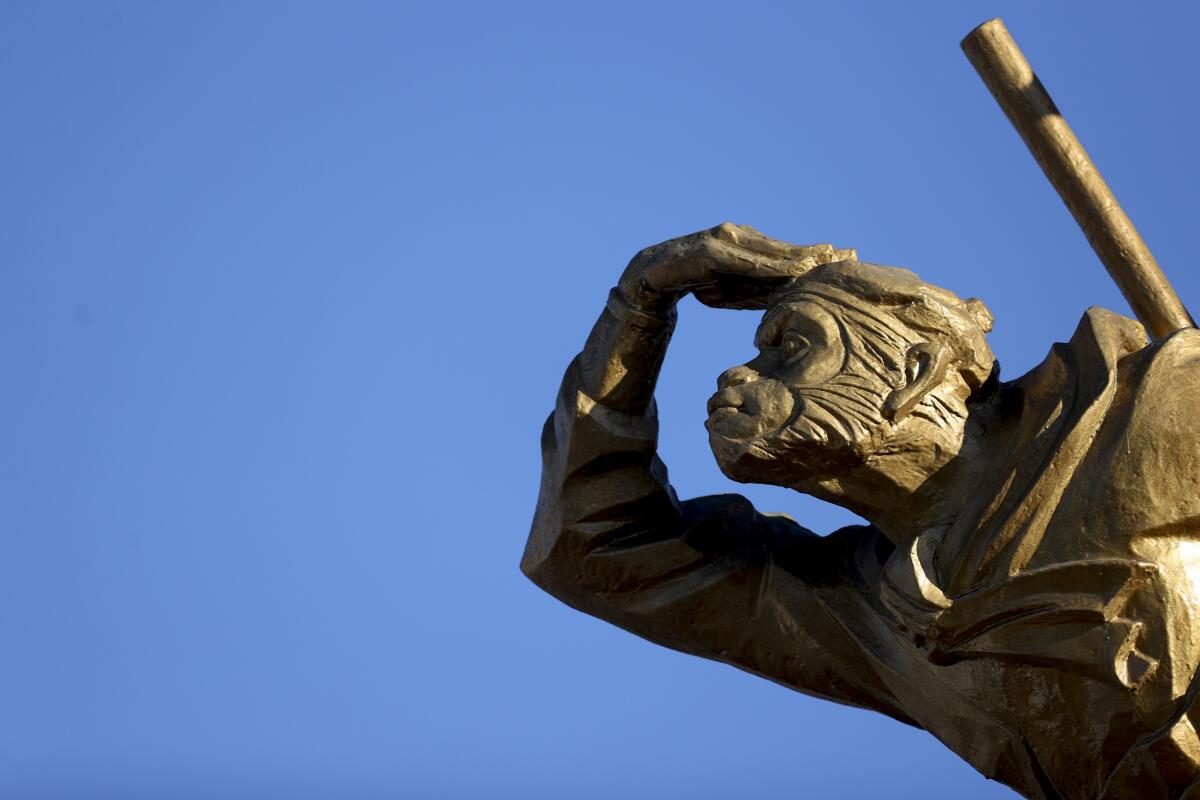
A statue of Sun Wukong, the Monkey King, in Chinatown Central Plaza in Las Vegas.
(Ian Maule/For The Times)
Chinese and Filipino workers built the railroads that made Las Vegas possible. Filipino designer Rudy Chrisotomo created the famous neon marquees for the Sands, Dunes, Circus Circus, Luxor and Rio. Chinese entrepreneurs popularized games like keno and pai gow. And in the 1940s, Asian Americans opened nightclubs to capture business from blacks who had been turned away from the Strip.
The Asian neighborhoods of Las Vegas have the relentless energy I felt in the San Gabriel Valley ten years ago. The economic vitality is familiar, but so are the problems that arise when any area sees a sudden surge in its immigrant community.
In the San Gabriel Valley, these frictions manifested themselves in disputes over the cultural offerings of supermarkets and in bitter debates over the mandatory inclusion of English on public signs, which went far beyond public safety. These clashes revealed xenophobia and racism, but they also highlighted how unprepared some local governments were to accommodate large non-English-speaking populations.
“There is some friction,” said Jim Fong, a real estate agent and investor in Las Vegas. For example, he has noticed that garden gnome statues never require homeowners association approval, but Chinese lion statues of the same size often require separate paperwork and approvals. He has heard of similar disputes in San Marino.
But overall, she's hopeful that Las Vegas will be different, especially for her children, who are mixed race.
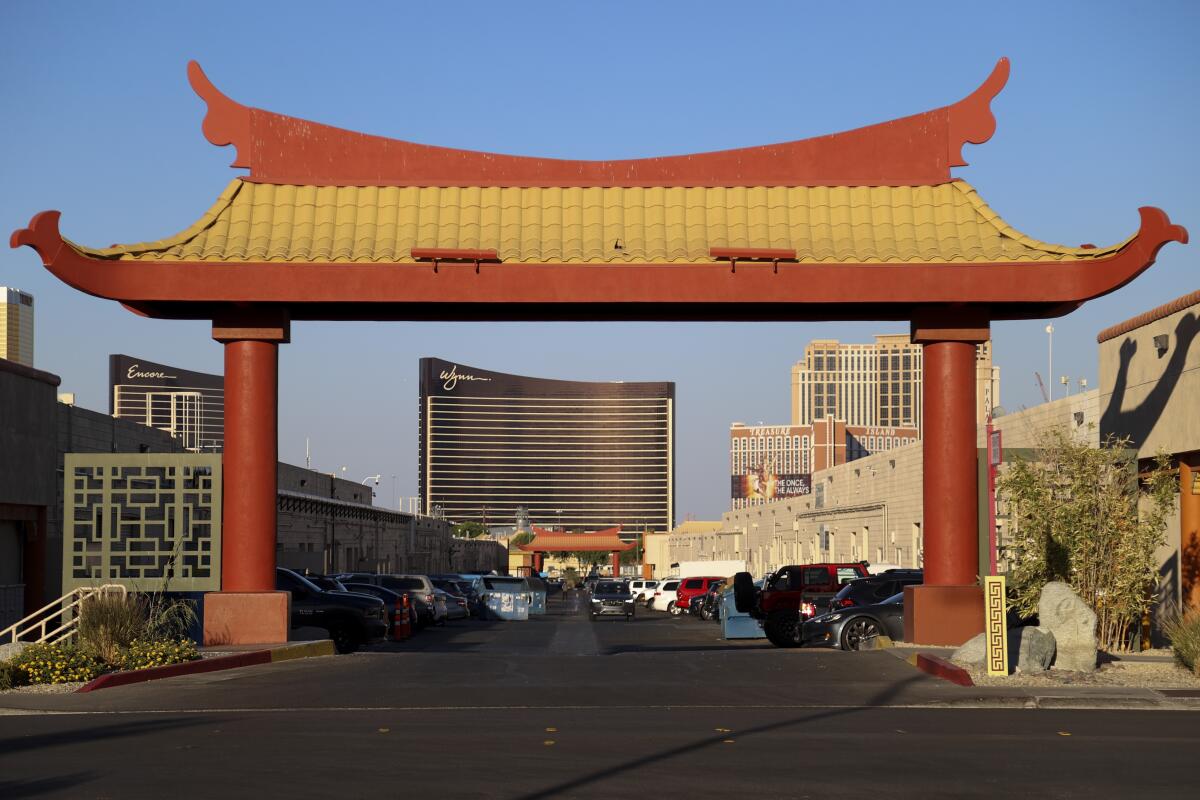
A pailou frames the Wynn Las Vegas in Chinatown Central Plaza in Las Vegas.
(Ian Maule/For The Times)
“It's a new city. It's pretty open. That's what I really like about it,” Fong said.
Stakeholders in the city’s Chinatowns are even talking about adopting a new name that better reflects a diverse AAPI population, something like Asia Town or the International District.
“It's an important conversation,” Lin said.

